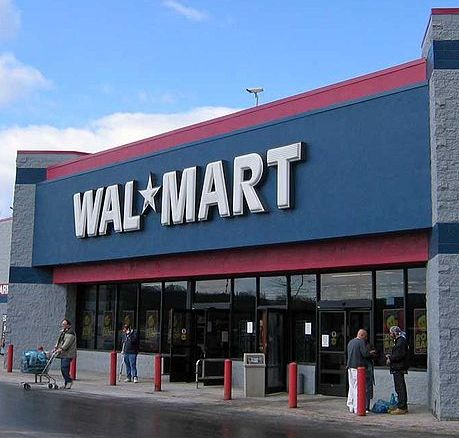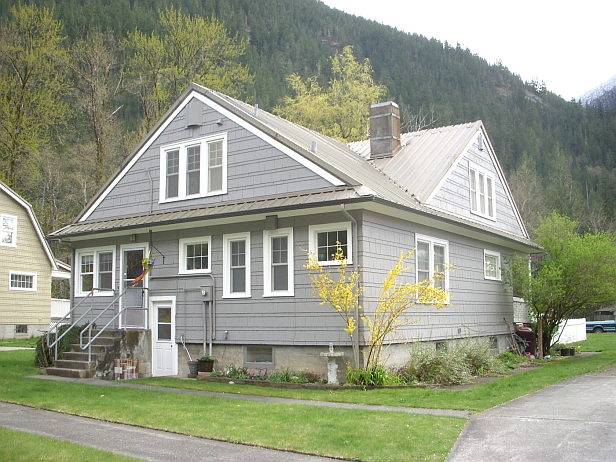The American pet-food industry spends more on research and development each year than the American utility industry does, according to a mind-blowing line in Thomas Friedman’s Hot, Flat, and Crowded. In most competitive industries, companies spend perhaps 8 to 10 percent of total revenues on R&D. Utilities, which don’t have to compete with each other, spend a dismal 0.15 percent, writes Friedman.
So I think any sensible experiments by utilities are worth applauding, including this one from the public utility Seattle City Light: The utility plans to use two historic company towns in the North Cascades in Washington state as a testing ground for a handful of home energy-efficiency technologies.
Newhalem and Diablo, near the Canadian border and the edge of North Cascades National Park, will get high-efficiency heat pumps, lighting fixtures, water heaters, and insulation. The utility intends to measure how effective such technologies are when residents use them. It’s going to renovate 34 homes and up to 24 commercial buildings over the next several years, spending $700,000 on the first phase. The utility built the towns in the 1920s to house workers for its series of dams on the Skagit River.
The improvements are expected to save a good bit of electricity (2.5 million kilowatt-hours per year), but the point is to learn how to scale up the best technologies to more consumers. The ultimate goal, of course, is for these money-saving efficiency measures to stop being “news” and become normal practices.



